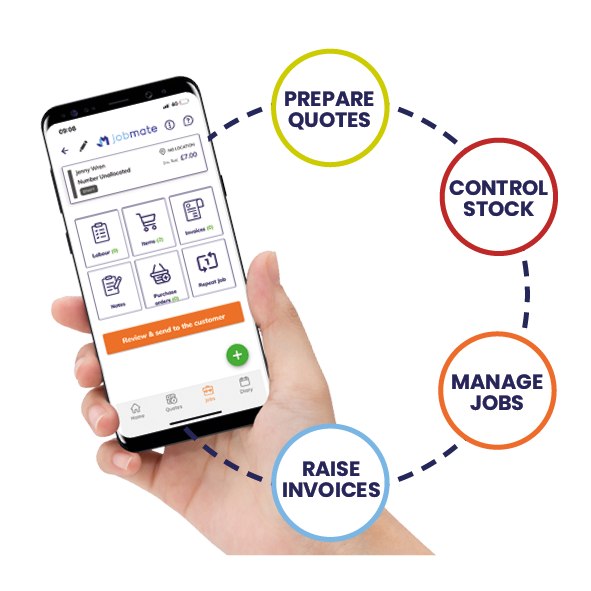Top tips for organisations to reduce their digital trash and carbon footprint

Lee Emery, product manager at Nexer Digital
‘Digital trash’ refers to the huge amount of data stored on our digital devices that is unused and unnecessary. This may be apps that were downloaded and used once, online accounts that are no longer relevant, decade-old emails or duplicate images stored on the cloud. What many may not realise, is that this digital trash does not only take up storage and slow down devices but also harms the environment.
There is growing awareness of the issues surrounding the world’s ever-growing digital carbon footprint, however, more needs to be done by organisations and individuals to curb digital’s environmental impact.
Lee Emery, product manager at Nexer Digital, said: “The internet and its associated systems use a huge quantity of energy and emit as much carbon as Hong Kong, Singapore, Bangladesh, The Philippines, Sri Lanka and Mongolia combined. Contributing to this problem are legacy files and websites that are stored on servers and the cloud but are no longer used. Old web pages, ex-employees’ emails and expired files are forgotten relics that actively create pollution and contribute to global warming.
“Taking the time to depollute digital products can make a significant impact in reducing personal carbon footprints. Encouraging digital clearing within a business will also support overall sustainability strategies, with the secondary advantages of streamlining processes and boosting efficiency. The easiest way to do this in the first instance is to establish regular good habits to keep digital waste to a minimum.
Inspect your inbox
“Having thousands of unneeded emails sat in an inbox is something many of us will be guilty of. Getting rid of these is a simple and very effective way to clean up digital footprints. Load emails from oldest to newest, archive what is needed and dare to delete everything else. Checking storage before and after doing this will give a clear image of just how much impact this can make.”
Check your smartphone
“Smartphones hold an abundance of digital waste. Delete duplicate or unneeded photos and videos and consider storing these and any other large files off the cloud. A hard drive is 3,000 times less polluting than the cloud so you can still hang onto what you need without it having as large of an environmental impact. Deleting images may be an overwhelming task as we tend to have so many, so it is best to do this on a little and often basis. It is also worth clearing the smartphone’s cache under settings every now and then as well.”
Clear your calendar
“Holding onto historic appointments and meetings in your calendar is an unnecessary use of data. Go back and delete past events and get into the habit of clearing them out of your calendar as you go along.”
What’s on WhatsApp?
“Go through text messaging apps and delete old groups, duplicate groups, threads for old events and plans and any other chat content that is no longer relevant. Delete attachments that you don’t need or have already saved. Not only will this reduce your digital footprint, but will also clear up more space, making your devices run better.”
Unsubscribe
“Review the mailing lists you are on and unsubscribe from any that you don’t engage with. This will mean emails aren’t being sent and stored unnecessarily, with the added advantage of clearing up your inbox.”
Mindful filing
“Old files or multiple versions of the same file are another common culprit when inspecting digital waste. Check that you are only saving what you need and that there is only one version of each file. As with images, this can be done on a little and often – each time you open a folder, just check whether there’s anything in there that can be deleted.”
“Making these changes on an individual level is important to minimising digital waste and digital’s impact on the environment. However, to make a more significant impact, mindful digital habits need to be scaled up to an organisational level to combine hundred of thousands of individuals’ efforts.”
For the month of April, Nexer Digital has allocated each member of staff 30 minutes per week to clean up their digital trash to increase awareness within the team and ensure they are not hoarding unnecessary data as a business. Employees will record how many MBs of data they start with and how many they have after clearing up so that the organisation can track how much difference and progress the initiative is making across the whole company.





